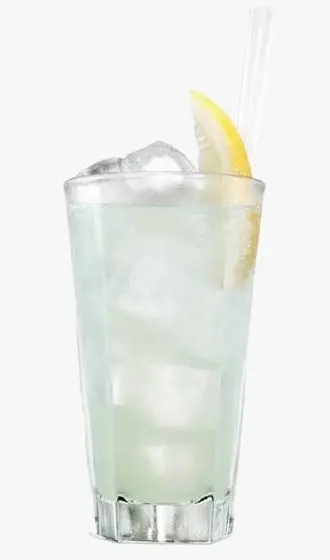Contents
Jenever (from the Dutch “Jeneverbes” – juniper) is a Dutch variation of gin. This “juniper” appeared much earlier than its modern counterpart – English dry gin, and is still popular in the Netherlands, Belgium, parts of Germany and France. Genever has an ABV of 30 to 48 degrees and is a name controlled by origin. At the moment, there are 11 appellations (regions) of production, which are located in the countries listed above.
History. Legend claims that the honor of inventing jenever belongs to the Dutch alchemist and physician Silvius Franciscus, but this version does not stand up to factual verification. Chronicles unambiguously prove that the jenever drink was known as early as the XNUMXth century in Flanders. Initially, juniper tincture was positioned as a medicine and was actively used during plague epidemics in Europe. Moreover, there is not a single mention of Dutch gin in the records of Franciscus, although it is known for certain that the doctor worked with juniper and used it in his recipes.
In 1606, jenever began to be taxed as an alcoholic drink, and not a medicine, which indirectly indicates the prevalence of “juniper” at feasts, and not in pharmacy cabinets.
During the Thirty Years’ War (1618-1648), British soldiers, who noticed how bravely the Dutch soldiers fought in the war, brought the recipe for the drink to their homeland (in England it was called “Dutch prowess”). However, it was not possible to recreate the original technology on the shores of foggy Albion, so a less strong, sweet and fragrant “London Dry” appeared. But that, as they say, is a completely different story.
Production technology
Traditionally, jenever is made from malted grains (barley, rye, wheat, corn) by triple distillation. Even before the first distillation, juniper berries and other herbs are added to malt wine (braga): wormwood, coriander, cumin, St. John’s wort, etc., and the finished distillate is diluted with water to obtain the required strength. Today this method is called “old”. However, the shortage of grain during the First World War led to the emergence of a “new” method, when malt wort is replaced with sugar alcohol.
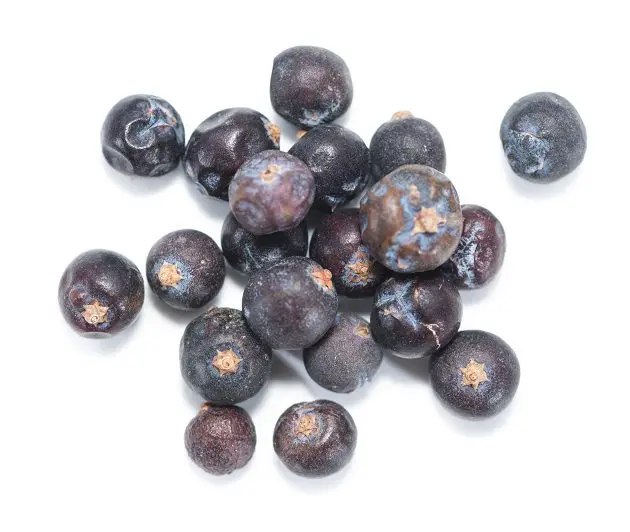
The technology does not require mandatory aging, but some manufacturers send the drink to age in oak barrels, and only then they are bottled. As a result, jenever has a yellow tint.
Difference between London and Dutch gin
London dry gin is a re-distilled tincture of juniper berries in pure alcohol, while berries and herbs are added to jenever at the mash distillation stage, sometimes the ingredients are not placed in the alembic, but placed on top of the grate so that the alcohol vapors are better flavored. As a result, real Dutch gin is softer, more aromatic and sweeter than London gin.
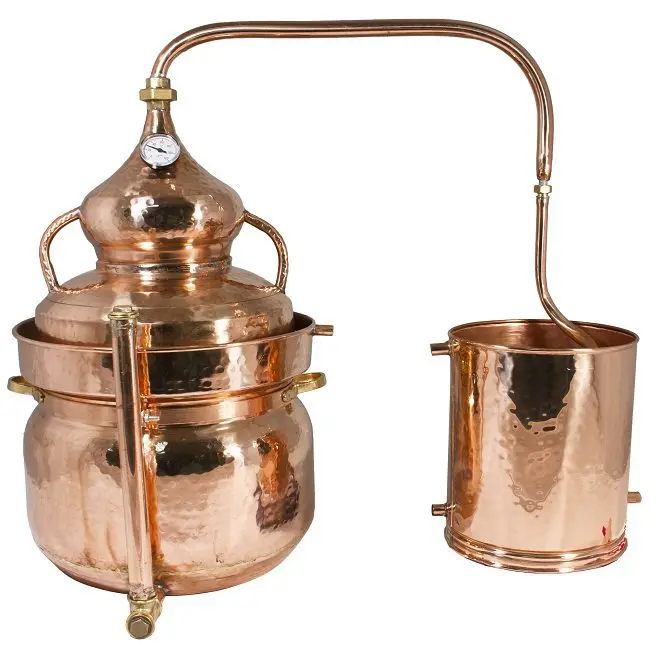
Types of jenever
There are “Old” (Oude) and “Young” (Jonge) jenever, but, unlike other types of alcohol, these terms do not refer to the aging time, but to the technology (see above). In a “young” drink, there should be no more than 15% malt wine, while in an “old” it is only the minimum allowable value.
“Young” juniper is less fragrant, more affordable and a bit like vodka, while jenever made using the “old” technology is sweeter, more expensive and with a more delicate bouquet.
Finally, there is Korenwijn (“malt wine”), the most expensive type of Dutch gin, with 51% to 70% malt wine content. If you bring this parameter to 100%, you get Graanjenever (grain jenever), but it is less popular.
well-known manufacturers. The most popular and widespread genever in the world is Bols. This manufacturer began producing Dutch juniper as early as 1664, and since then has been tirelessly working to improve the characteristics and quality of the drink. In addition, genever brands De Kuyper, Bokma and others are quite popular.
How to drink jenever
Genever is traditionally served in tulip-shaped glasses, and it is customary to pour the drink to the brim, so that the first sip must be taken “without hands”, sipping from a glass placed on the table. The descendants of the Flemings themselves like to arrange the ritual Kopstoot (“headbutt”), when gin is alternated with a light lager.
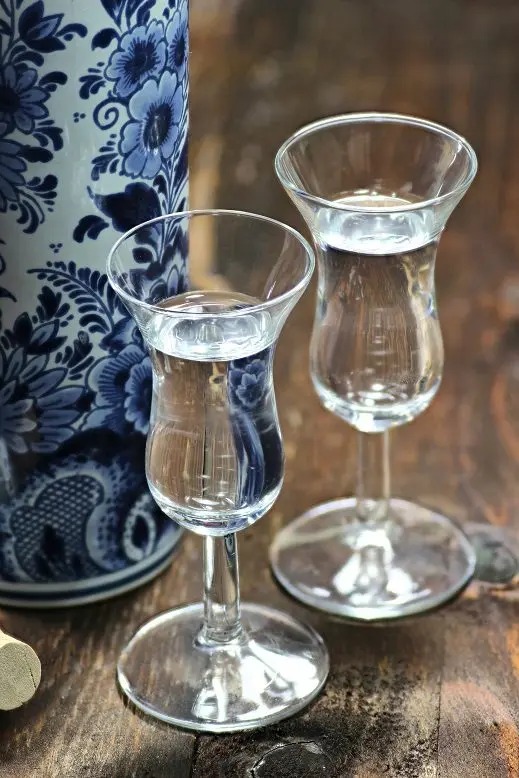
Young jenever is best served chilled like vodka or with ice, all other varieties (Oude, Korenwijn, Graanjenever) open better at room temperature. Dutch gin is part of many cocktails, perfectly sets off tea or coffee, and it is recommended to eat it with citrus fruits, seafood, and meat dishes.
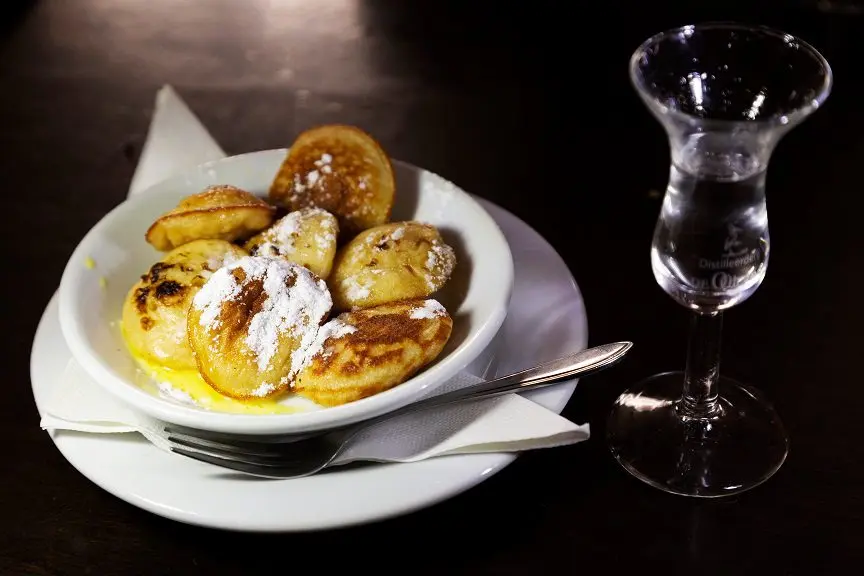
Popular jenever cocktails
1. “Dutch Coke” – jenever and Coca-Cola in equal proportions.
2. “Impeachment” – 1 part peach liqueur, 1.5 parts genever, two drops of angostura and Peychaud, 1 tsp. sugar syrup.
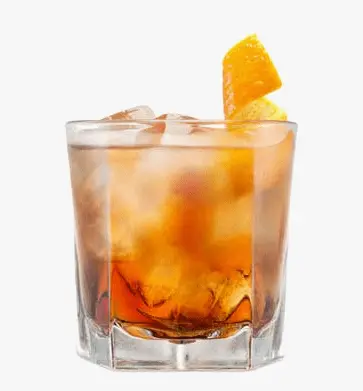
3. “The Original Collins” – 4 parts jenever and soda, 2 parts lemon juice and 1 part sugar syrup.
